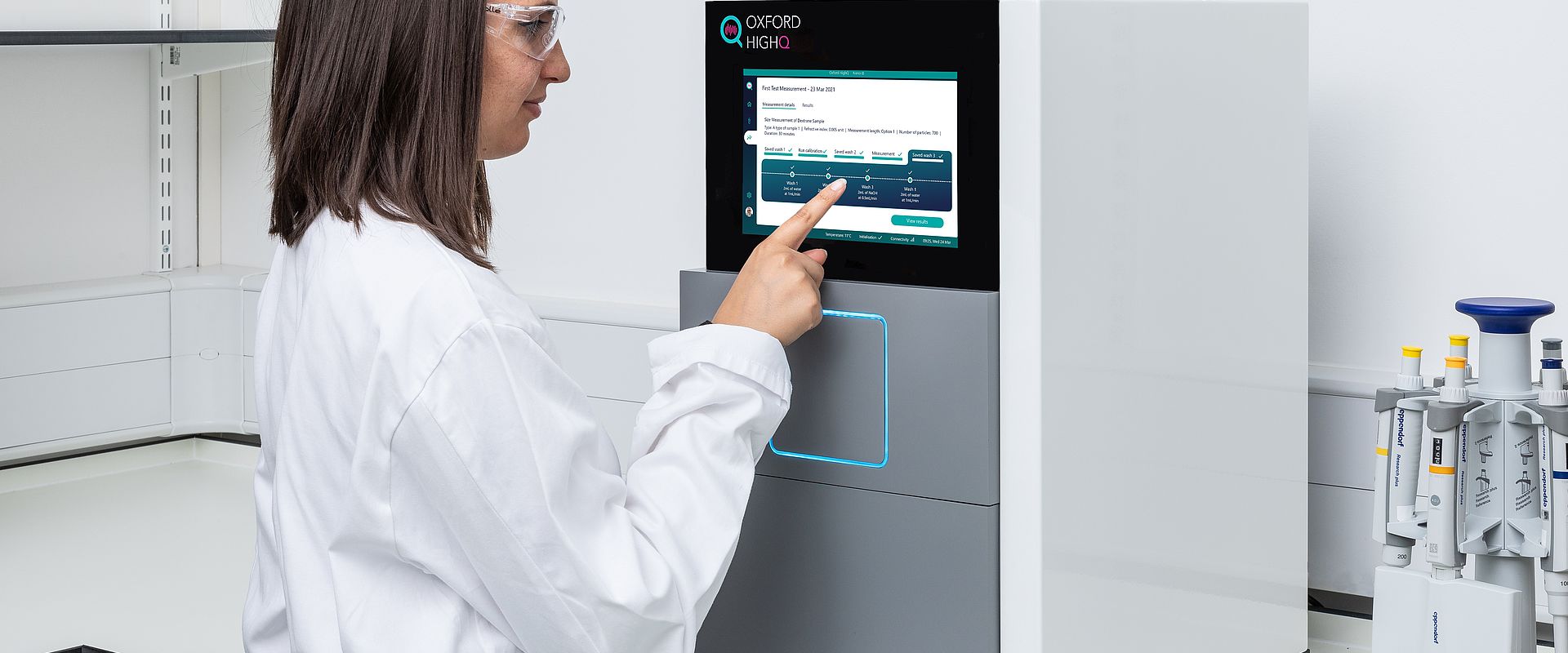
Practical nanoparticle shell thickness measurement
Challenge
Nanoparticles – materials for which at least half the constituent particles are smaller than 100 nanometres – exhibit unusual physical and chemical properties. At such scales the influences of surface atoms can dominate, producing characteristics exploitable in healthcare, including for cancer treatments.
A promising drug delivery strategy is to apply nanoparticles to encapsulate drugs for direct delivery to disease sites. Such drug delivery ‘vehicles’ can protect active medicines from degradation, improve bioavailability and reduce side effects.
The performance and effects of nanoparticles are controlled by surface properties, including surface composition and shell thickness. Therefore, accurate measurement of these properties is an important aspect of nano-medicine development, especially for anticipating medical outcomes.
Liposomes, which are spherical vesicles having at least one lipid bilayer, can be used for this purpose. The outer shell of these otherwise inert hollow structures can be engineered to control stability, drug toxicity and therapeutic effect, as shell thickness can be adjusted to manage drug release, while coatings endow outer shells with various useful properties.
However, available tools for characterising nanoparticle surface chemistry, coating composition and thickness relied on lengthy chromatographic procedures or expensive imaging by cryo-electron microscopy. Similarly, quantitative surface spectroscopies such as Auger Electron and X-ray Photoelectron Spectroscopy (XPS) and X-ray Absorption Spectroscopies (XAS) and scattering methods such as Anomalous Small Angle X-ray Scattering (ASAXS) were demonstrated but as highly specialised technologies.
No technique achieved wide-scale acceptance. Some required measurement assumptions to be applied or introduced imaging issues from a need to dry liquid suspensions before analysis.
Solution
The EMPIR project Metrology for innovative nanoparticles developed core-shell particles of various shell thicknesses to refine methods to measure the surface chemistry and thickness of surface coatings of nanoparticles.
These reference materials were used to develop accurate methods to measure the surface chemistry and thickness of surface coatings of particles, mainly using XPS.
Preparation protocols for nanoparticle suspensions for surface analysis using such vacuum-based techniques were also developed.
A Versailles Project on Advanced Materials and Standards (VAMAS) inter-laboratory comparison study showed it was possible to obtain consistent results. Applying common preparation methods and data analyses for XPS showed agreement on shell thickness and composition measurements to approximately 10 %.
Impact
Oxford HighQ, a University of Oxford spin-out, developed ‘optical micro-cavity analysis’ (OMCA), a platform designed to amplify measurement signals from optical sensing technologies.
Targeting markets that might benefit from characterising nanoparticles in fluids, the company’s Nano-α benchtop instrument adopted OMCA to characterise engineered nanoparticles sized from about 50 nm to 400 nm in small sample volumes by measuring refractive index.
Aware of the advances made in the EMPIR project, Oxford HighQ partnered with National Physical Laboratory (NPL) in an Innovate UK project that validated the capability of OMCA for measuring composition and shell thickness of model core-shell nanoparticles. Promotion of this demonstration of the value of the Nano-α for nanomedicine developers generated qualified and engaged enquiries, deepened the company’s understanding of the market, and built connections with the liposome research community, that accelerated product development ahead of a launch expected in 2022.
Upgraded nanoparticle shell property measurement methods supported the introduction of novel instrumentation and will contribute to the development of nanoparticle applications.
- Category
- EMPIR,
- Industry,
